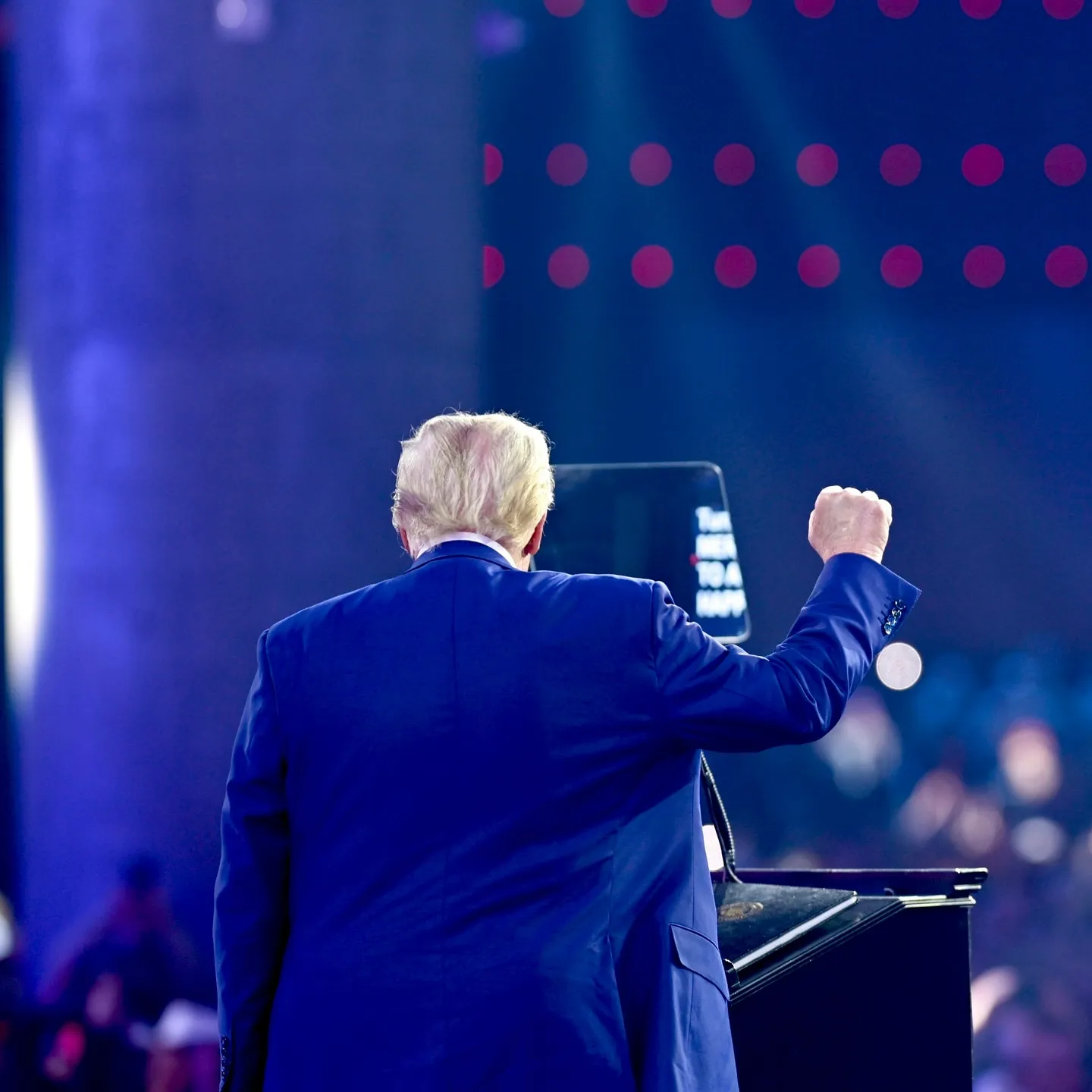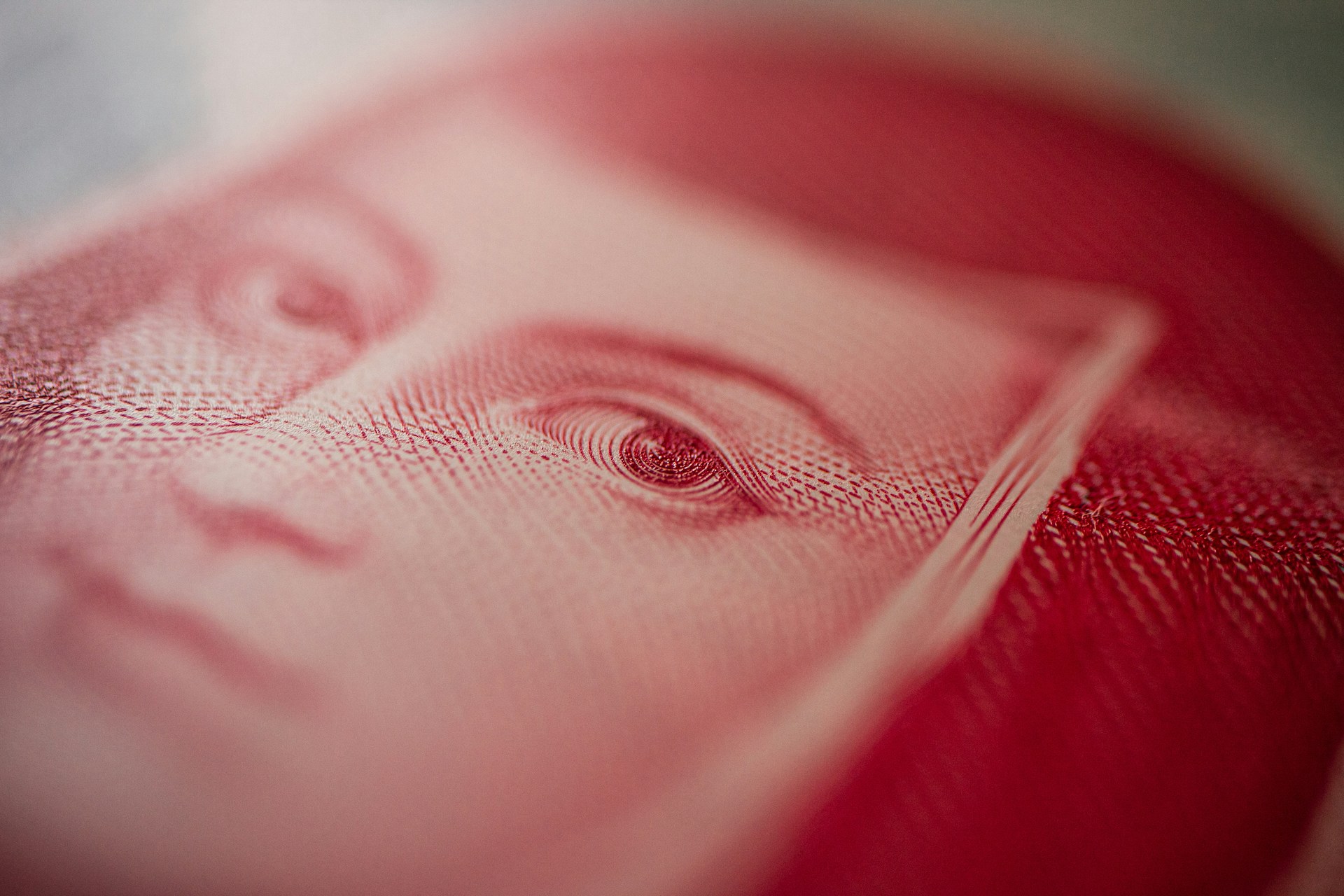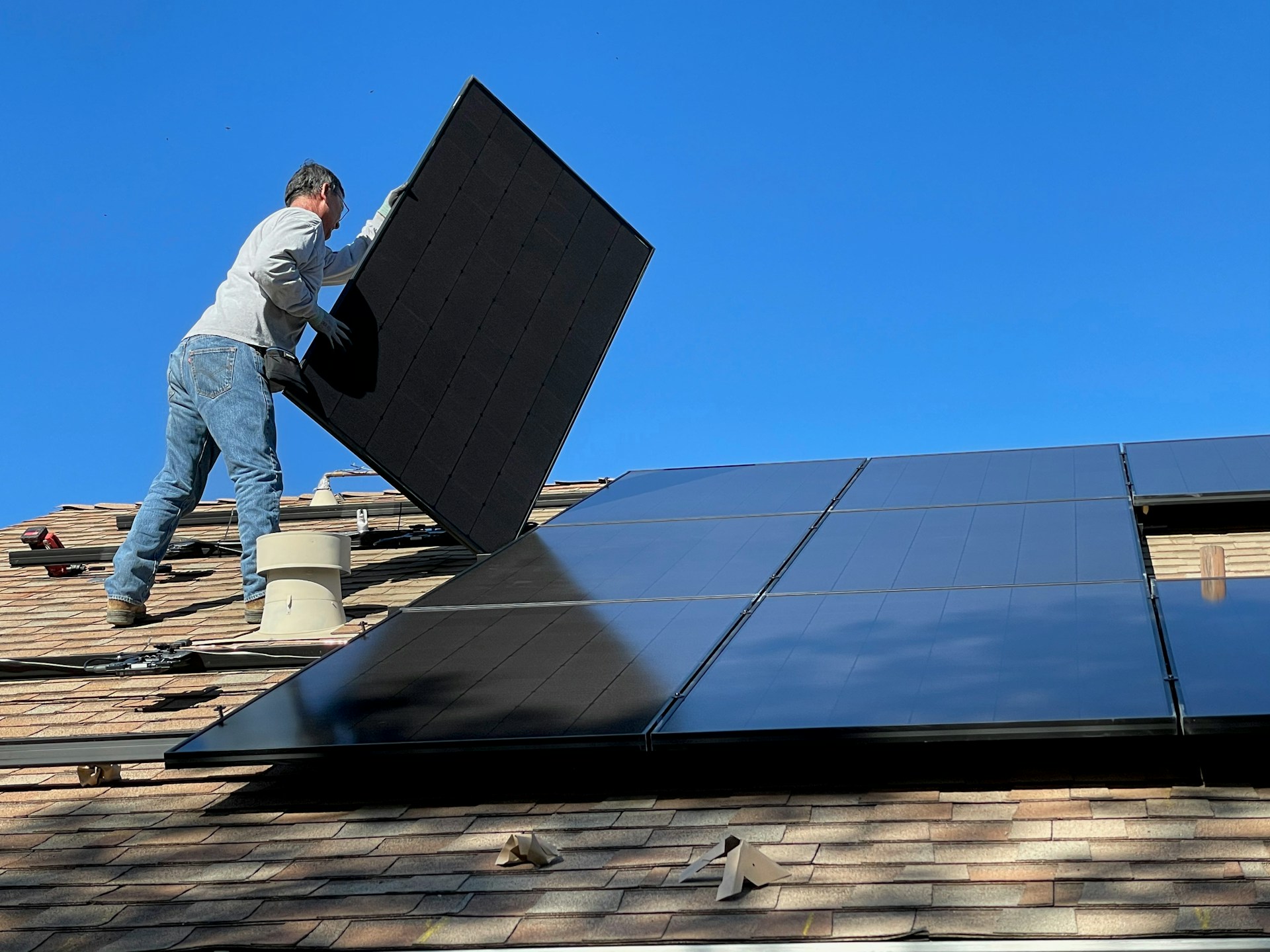Trump Imposes 25% Tariffs on Products from Mexico

The President of the United States, Donald Trump, signed an executive order to impose tariffs of 25% on imports from Mexico and Canada, and 10% on those from China.
The President of the United States, Donald Trump, signed an executive order to impose tariffs of 25% on imports from Mexico and Canada, and 10% on those from China.
Fentanilo y Narcotráfico: El Argumento De La Casa Blanca810
Trump justifies the imposition of tariffs under the International Emergency Economic Powers Act (IEEPA). According to the official statement, the measure is intended to pressure Mexico, Canada, and China to stop drug trafficking and strengthen their immigration policies.
The White House argues that:
- Mexico has allowed the expansion of drug trafficking, which has contributed to an increase in overdose deaths in the United States.
- China has not stopped the export of chemical precursors used to produce fentanyl.
- Mexican cartels have extended their operations to Canada, where clandestine laboratories have emerged.
¿cuándo Entran En Vigor Los Aranceles Sobre Productos De México?1521
Trump’s executive order was signed on Saturday in Mar-a-Lago, Florida, and will take effect on Tuesday, February 4 at 00:01 hours in Washington (05:01 GMT), according to the EFE agency.
Trump defended the tariffs as a pressure mechanism. According to the statement, trade represents 73% of Mexico’s GDP, 67% of Canada’s, and 37% of China’s, while in the United States it amounts to 24% of its GDP.
The report also notes that the U.S. trade deficit reached more than 1 trillion dollars in 2023, the highest figure in the world. The White House believes that previous administrations did not use the economic power of the U.S. to protect its national security.
¿cómo Impactarán Los Aranceles En La Economía De México?2284
According to Gabriela Siller Pagaza, Director of Economic Analysis at Grupo Financiero BASE, if the 25% tariff is maintained, exports could fall by 12% and Mexico’s GDP could be reduced by 4% in 2025.
The measure represents a blow to the Mexican economy, as the U.S. is its main trading partner. Key industries such as automotive, manufacturing, and agri-food would be severely affected.
Así Responde El Gobierno De México2781
The government of Claudia Sheinbaum reacted to Trump’s decision. Marcelo Ebrard, Secretary of Economy, assured that Mexico will defend itself against any commercial arbitrariness.
“The private sector of Mexico closes ranks around President Claudia Sheinbaum and her defense of the national interest,” Ebrard wrote on X after meeting with businessmen.
Sheinbaum Prepares Strategies against Trump’s Trade Policy3189
President Sheinbaum stated that Mexico has a plan A, B, and C to face the tariffs. In a meeting with her cabinet and the Business Coordinating Council (CCE), she affirmed that the Mexican economy remains strong and solid.
Sheinbaum also warned about the economic implications for the U.S., as many of the affected products are part of essential supply chains for American industry.
Related Articles
More Articles

Aguascalientes Strengthens Dialogue with Construction Sector for Sustainable Development
Nov 13, 2025

The Career of Alejandro Gertz Manero, Attorney General of Mexico
Nov 27, 2025

Vehicle Production and Export in Mexico: How is BMW Performing in 2025?
Nov 7, 2025

Who Will Benefit from the Minimum Wage Increase in Querétaro?
Dec 3, 2025

The Economic Value of Unpaid Domestic Work in Aguascalientes
Nov 25, 2025

Guanajuato Ranks 4th in Distributed Generation with Photovoltaic Projects: 85% Growth Since 2022
Dec 3, 2025
